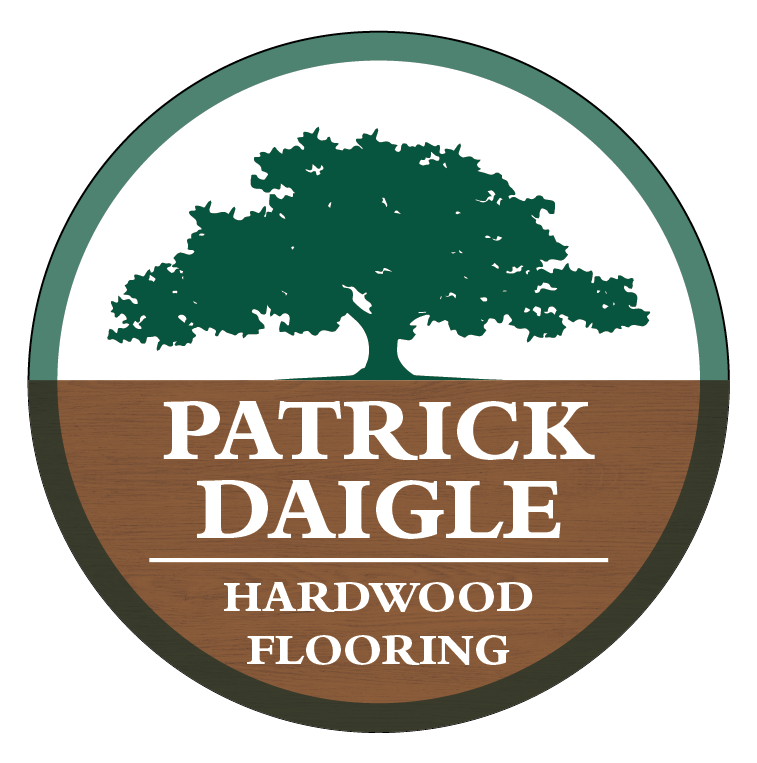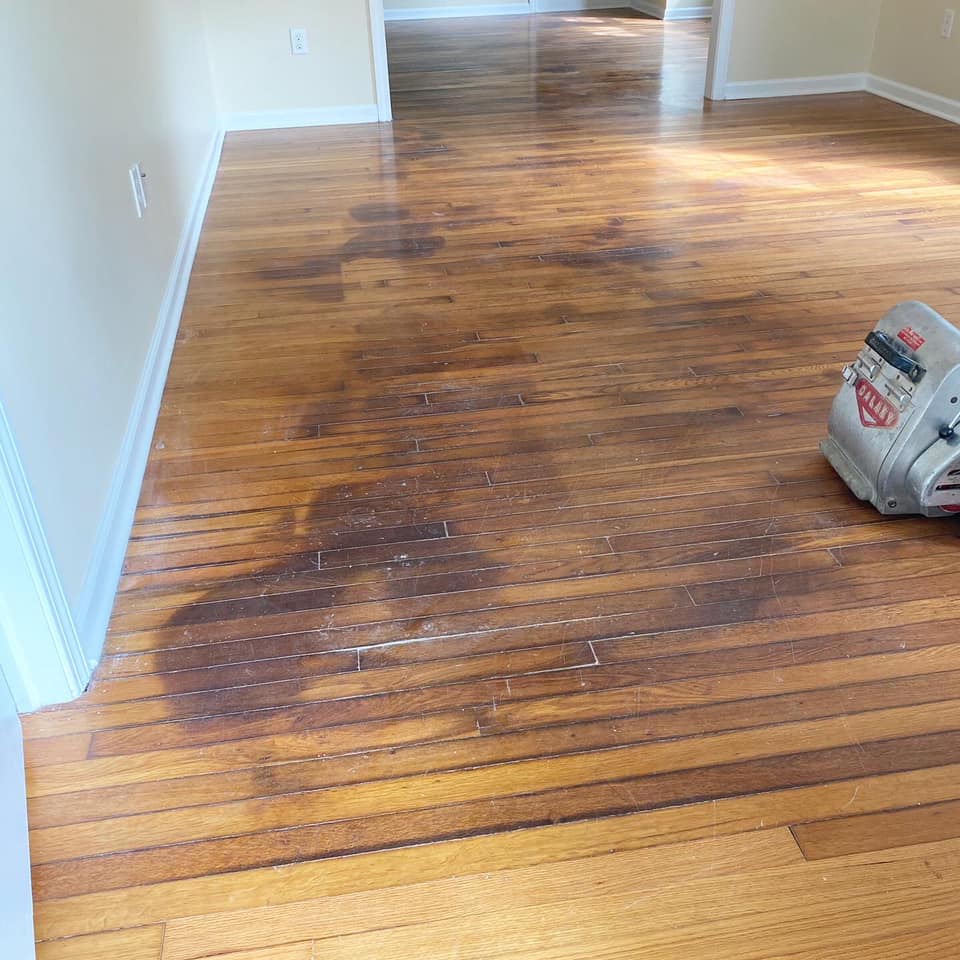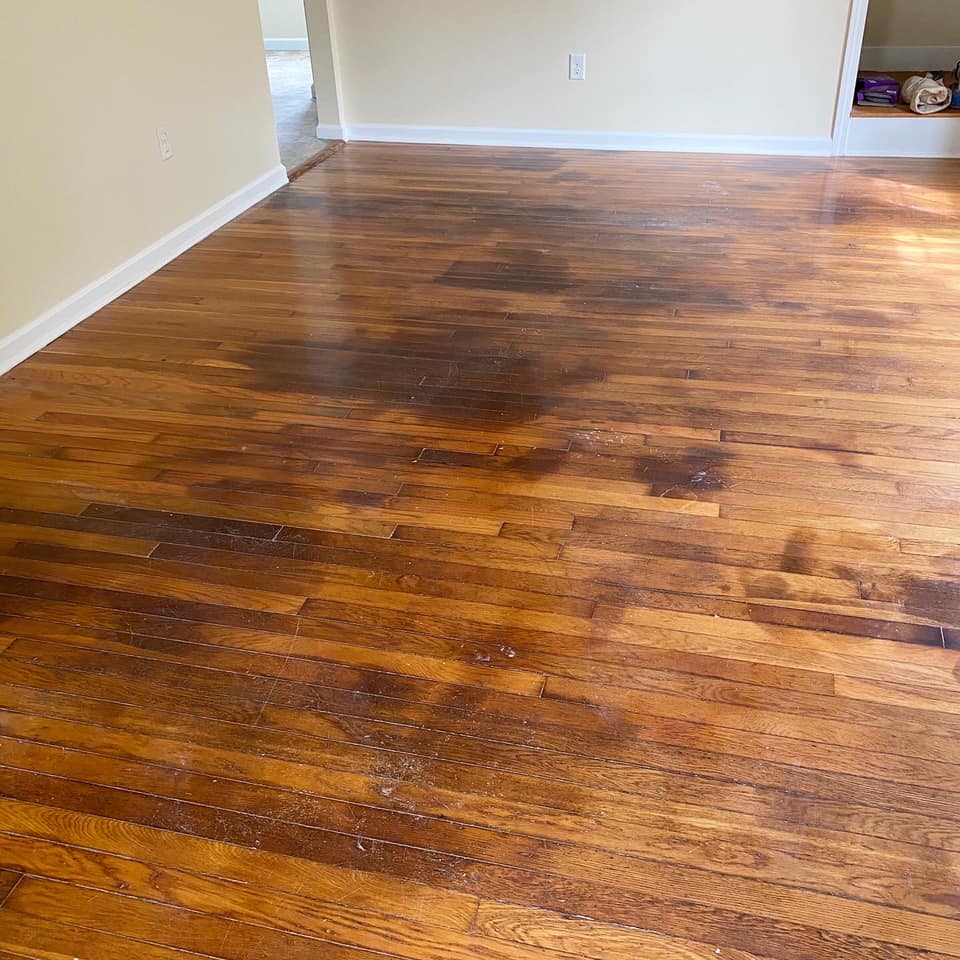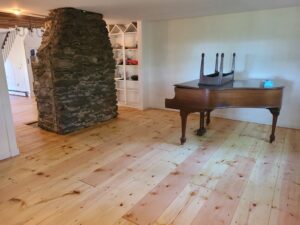Refinish Hardwood Flooring with Pet Stains
A major question we often get is, “Can you save my hardwood flooring with pet stains?” If you have wood flooring and have noticed questionable spots due to pet urine damage, it might be because of constant pet stains. These stains could be from your own pets or from previous families who lived in the house before you. It is also possible that such stains are from humans or animals other than the typical household pet. Unfortunately, the common culprit in all of these scenarios is urine, and we are here to let you know what that component does to wood over time.
Common Hardwood Flooring with Pet Stains Scenarios
There are several explanations for those random stains you have noticed on your wood floors. Take a look at our list of common scenarios and take comfort in knowing you are not alone.
You’re tired of your home and want to change it up without spending too much. So, you decide to rearrange your living room and add new decor. When you move your furniture, you discover your pets have been using the bathroom in the same spot repeatedly. Chances are good that they are drawn to this spot because it contains the marking of a previous animal. Your pets are now doing what comes naturally to them and are attempting to mark over that territory for themselves.
It’s natural, but now you are left with an unattractive stain on your floor. You just bought a new home for yourself and your family. The house has charm to it, and you love what it has to offer inside…except for the carpet. The realtor told you there was hardwood flooring underneath the carpet, so you are anxious to rip up the carpet and expose the gorgeous original flooring that awaits you. However, when you pull up the carpet, it reveals pet stains in random spots. Now, your anticipation for new flooring has quickly turned into dread.
You have recently decided to refinish your hardwood floors. As you start to sand your floors, you hit a spot that looks harmless, but it releases the strongest scent of old urine you have ever endured in your life. You had no idea this could be masked until you sanded over this spot. Now, the stench won’t leave the room and you’re not sure what your next move should be. Panic sets in as you realize that the odor might be trapped deep within the wood, but you remember that hardwood floor polyurethane benefits include its ability to seal and protect the surface. With that in mind, you begin to research options for effectively treating the area before applying the finish. Perhaps a thorough cleaning followed by a new coat of polyurethane could not only help eliminate the smell but also restore the luster of your beautiful floors.
What Exactly is in Pet Urine?
Pet urine is made up of mostly water. In addition to this water are the following components: sodium, uric acid, potassium, hormones, and metabolites. The main odor-causing culprit is uric acid. Uric acid is our main problem because it has a crystal mixture that makes its bond to other materials very tight. For example, once it hits carpet or wood, it latches itself there with a very strong connection. Also, uric acid is not water soluble, so that means most of the common household cleaners are not strong enough to truly penetrate and break those bonds to permanently remove the odor. Instead, those household cleaners are simply masking the smell temporarily until something like humidity triggers the uric acid bond to strengthen its hold and release the stench again.
What Does Pet Urine Do To Hardwood Floors?
Once a pet urinates on hardwood floors, you have to act quickly to clean it up. As the urine soaks into the fibers, it immediately begins to stain the wood. The compounds previously mentioned that make up urine are so powerful that they immediately begin attaching themselves to the wood fibers.
How Can I Remove Pet Urine Stains From My Hardwood Flooring?
- Use hydrogen peroxide. You can easily go online and find numerous videos detailing different procedures requiring a mixture of hydrogen peroxide. This is usually going to be the kind used in hair salons, and not the kind you keep in your first aid kit. This method can be helpful if left on the stain for an ample amount of time. It does have the power to break down the stain itself, but it may require multiple attempts over the course of multiple days.
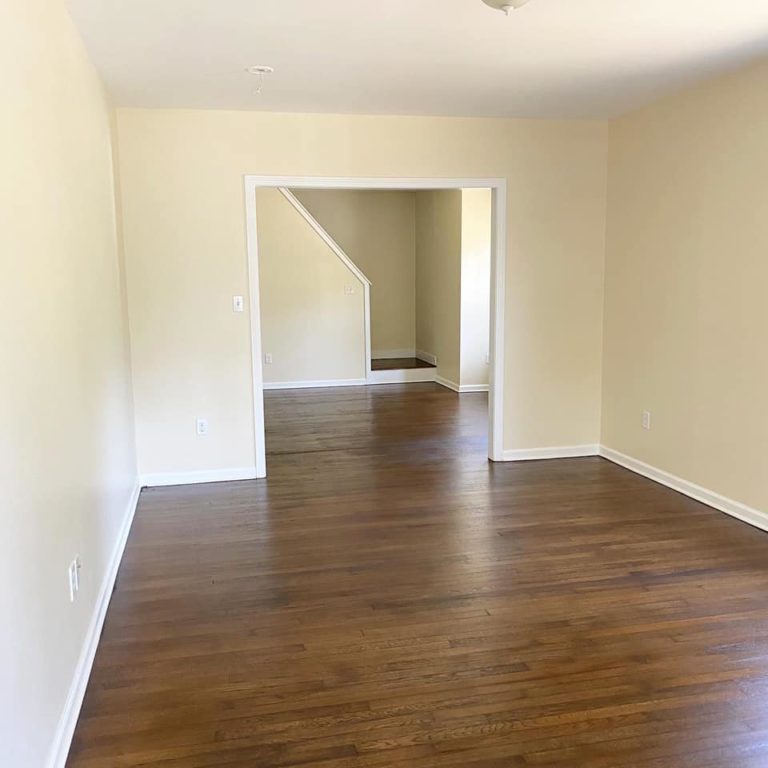
- Try household cleaning products. You can also try common household products as cleaner for dog urine if you feel more comfortable using a product that comes with direct instructions. Some possible household cleaners to look into would be Clorox Urine Remover, Pro’s Choice USR, Urine Gone, and Nature’s Miracle Stain Dual Action Stain and Odor Remover. If you want to try a more natural remedy based off of items you probably already have in your house, you can try applying a paste made of water and baking soda. Once the paste dries, you can spray the spot with vinegar. No matter the cleaner you go with, always be sure to test it out on a small spot on the floor before tackling the stain itself.
- Sand away the stains. If the stain seems superficial, you could possibly get away with just sanding it away before treating the stain with a bleach solution. You would simply sand away the finish to get to the wood grain where the stain is most powerful. Start by brushing on a hydrogen peroxide paste and see how it takes the first time. You may need to try this a few times before the stain is properly treated. Then, you can smooth the area, and apply fresh stain to match the rest of the floor. Always follow up the process with a clear-coat to protect your work.
- Replace the stained wood. In its most aggressive stage with old damage, pet urine stains may require you to replace some of the hardwood flooring. If you have tried all the cleaner options and you have tried the sanding option, but you can still smell the stain, then you may need to replace the spot altogether. This is the most delicate option, so be weary of doing this yourself. Repairing the stain with a replacement spot is not the same as patching up a quick mistake. This takes time and precision, so let the professionals at Patrick Daigle Flooring Company take care of this process for you.
Ultimately, pet stains can be a pain. Give us a call today to discuss your hardwood flooring needs, and we will help you create a refinishing plan that you can trust.
